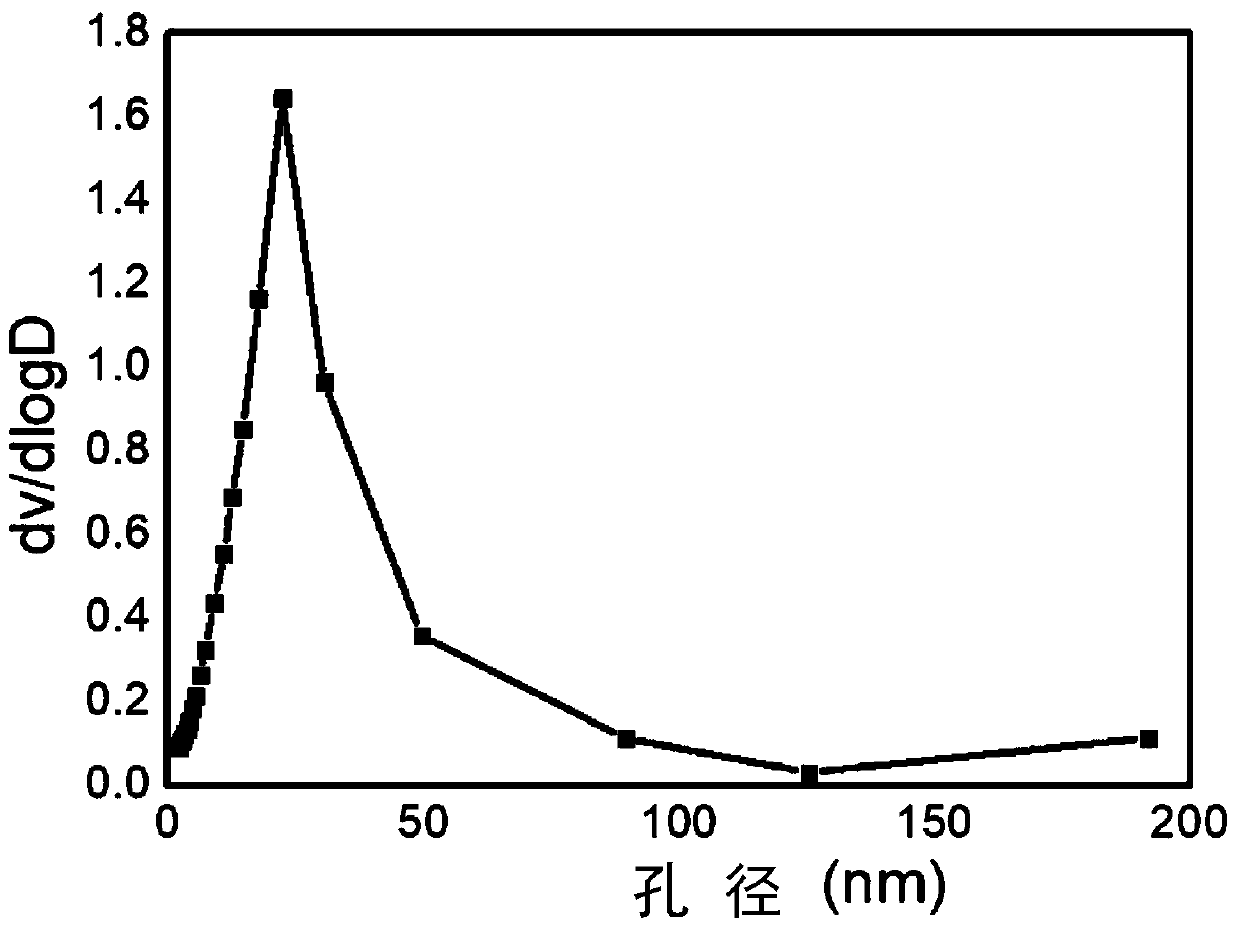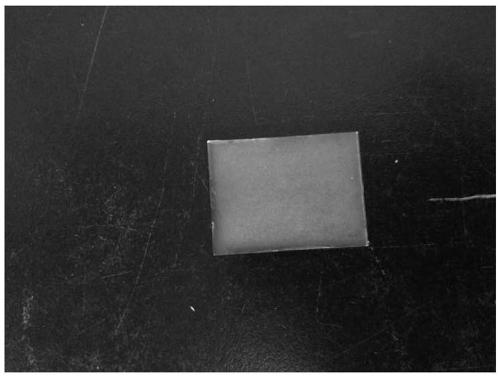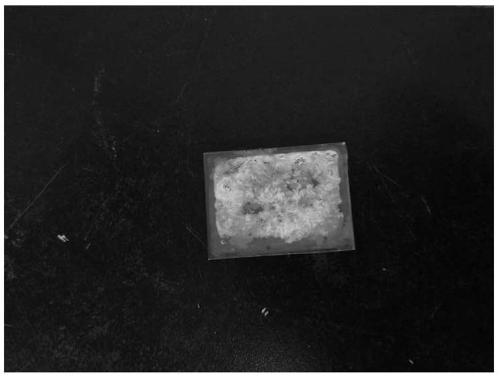Poly (4-methylpentene) and SiO2 microsphere composite film and preparation method thereof
A technology of methylpentene and composite film, which is applied in the field of composite film of poly-4-methylpentene and SiO2 microspheres and its preparation, can solve the problem of not being able to obtain a film with uniform thickness, and achieve uniform and controllable thickness, easy Promote the application, the effect of simple operation
- Summary
- Abstract
- Description
- Claims
- Application Information
AI Technical Summary
Problems solved by technology
Method used
Image
Examples
Embodiment 1
[0046] (1) Dissolution of the polymer poly-4-methylpentene (TPX). The specific process is: select cyclohexane (0.2g) as the solvent of poly-4-methylpentene (6g), fully stir under heating and stirring conditions, set the heating temperature to 60°C, and stir for 1.5 hours;
[0047] (2) Pretreatment of the substrate. Wherein, the pretreatment of the substrate includes: firstly, the substrate is ultrasonically cleaned in deionized water and ethanol in sequence, each time lasting 10 minutes, and dried in an oven. Next, the substrate was immersed in a modification solution (1% wt / alcohol) containing a silane coupling agent for 4 hours. Finally, in order to achieve the purpose of controlling the thickness of the film, a tape with a thickness of 1000 μm was pasted around the substrate. The aforementioned substrate is a material with a flat and smooth surface. Wherein the selected substrate is a glass plate;
[0048] (3) Preparation of composite solution. Addition of SiO to poly-...
Embodiment 2
[0052] (1) Dissolution of the polymer poly-4-methylpentene (TPX). The specific process is: select trichlorethylene (5g) as the solvent of poly-4-methylpentene (0.3g), fully stir under heating and stirring conditions, the heating temperature is set to 70 ° C, and the stirring time is 2 hours;
[0053] (2) Pretreatment of the substrate. Wherein, the pretreatment of the substrate includes: firstly, the substrate is ultrasonically cleaned in deionized water and ethanol in sequence, each time lasting 10 minutes, and dried in an oven. Next, the substrate was immersed in a modification solution (1% wt / alcohol) containing a silane coupling agent for 4 hours. Finally, in order to achieve the purpose of controlling the thickness of the film, a tape with a thickness of 1000 μm was pasted around the substrate. The aforementioned substrate is a material with a flat and smooth surface. The selected substrate is a single crystal silicon wafer;
[0054] (3) Preparation of composite soluti...
Embodiment 3
[0058] (1) Dissolution of the polymer poly-4-methylpentene (TPX). The specific process is: choose chloroform (5.6g) as the solvent of poly-4-methylpentene (0.2g), fully stir under heating and stirring conditions, set the heating temperature to 50°C, and stir for 1.5 hours;
[0059] (2) Pretreatment of the substrate. Wherein, the pretreatment of the substrate includes: firstly, the substrate is ultrasonically cleaned in deionized water and ethanol in sequence, each time lasting 10 minutes, and dried in an oven. Next, the substrate was immersed in a modification solution (1% wt / alcohol) containing a silane coupling agent for 4 hours. Finally, in order to achieve the purpose of controlling the thickness of the film, a tape with a thickness of 1000 μm was pasted around the substrate. The aforementioned substrate is a material with a flat and smooth surface. Wherein the selected substrate is sapphire;
[0060] (3) Preparation of composite solution. Addition of SiO to poly-4-me...
PUM
| Property | Measurement | Unit |
|---|---|---|
| Thickness | aaaaa | aaaaa |
| Thickness | aaaaa | aaaaa |
Abstract
Description
Claims
Application Information
 Login to View More
Login to View More - R&D
- Intellectual Property
- Life Sciences
- Materials
- Tech Scout
- Unparalleled Data Quality
- Higher Quality Content
- 60% Fewer Hallucinations
Browse by: Latest US Patents, China's latest patents, Technical Efficacy Thesaurus, Application Domain, Technology Topic, Popular Technical Reports.
© 2025 PatSnap. All rights reserved.Legal|Privacy policy|Modern Slavery Act Transparency Statement|Sitemap|About US| Contact US: help@patsnap.com



